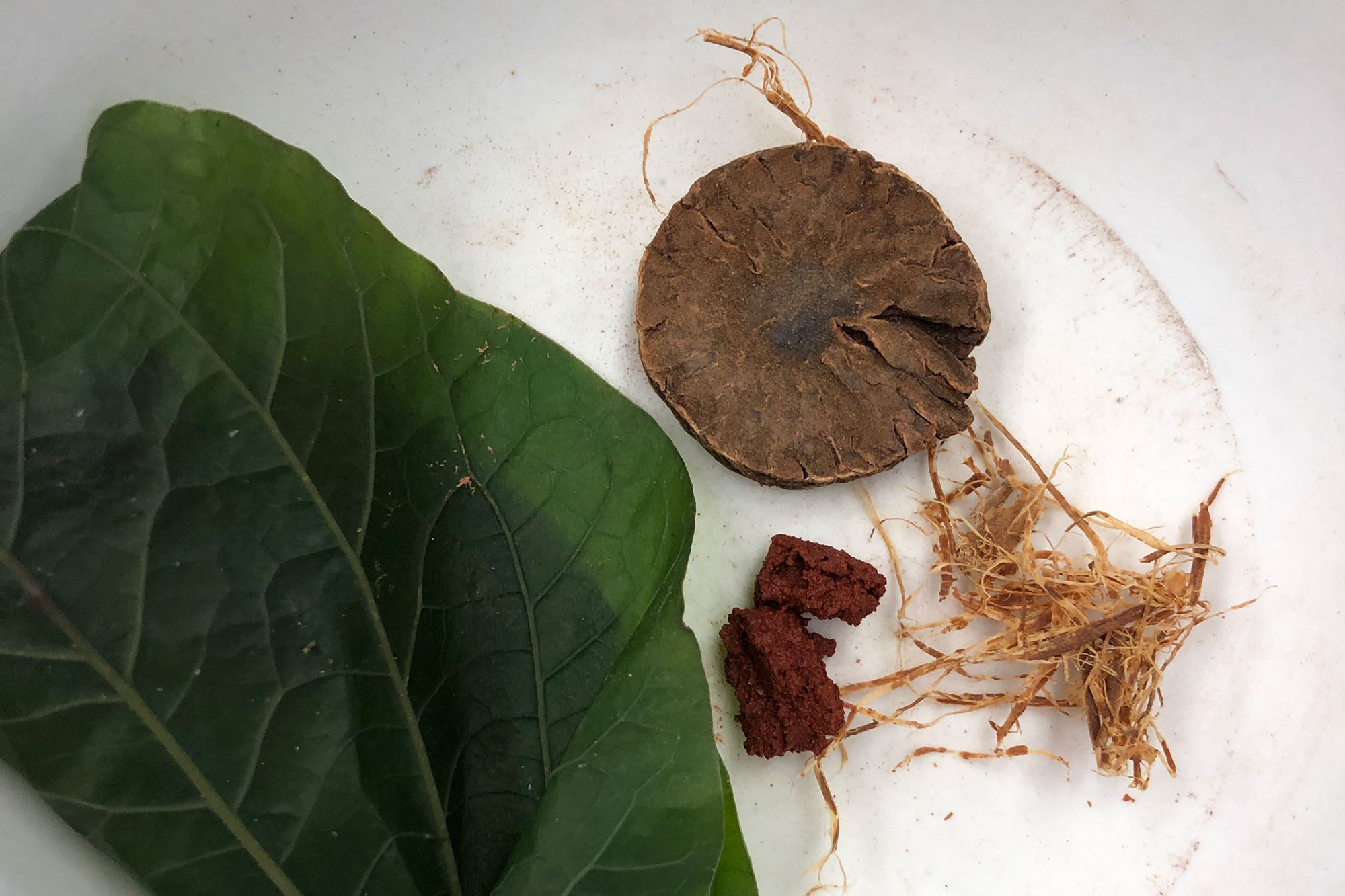Were Humans in Thailand Getting High Off Betel Nuts 4,000 Years Ago?
Scientists believe they have found the earliest biochemical evidence of people chewing the popular psychoactive plant
Amber X. Chen - AAAS Mass Media Fellow
August 1, 2025

Piper betel leaf, the areca nut, limestone paste, tobacco and bark filaments are often combined to get a high. Piyawit Moonkham
Key takeaways: Ancient betel nut use
Scientists analyzed preserved dental plaque from a woman at a 4,000-year-old burial site and said they found evidence of betel nut use.
Outside researchers say more evidence is needed to establish that betel nut chewing was happening at that time.
From South Asia to the Pacific islands, people chew betel nut. When munched by habitual users, the seed of the areca palm fruit stains the teeth. And the practice—which typically involves the nut being chewed inside a betel pepper leaf with lime—has reported psychoactive effects, including increased alertness and euphoria.
However, due to its high association with oral cancers, the practice has steadily gone out of fashion. Government intervention measures have also dissuaded use. In the 1940s, the government in Thailand, for example, launched a campaign to cut down on betel nut chewing. India, too, has promoted campaigns to discourage the traditional practice.
Now a new study, published this week in the journal Frontiers in Environmental Archaeology, aims to shed light on the history of betel nut chewing. By providing the first direct biochemical evidence of chewing dating back 4,000 years in Southeast Asia, the study helps reinforce that betel nut consumption is a repeated practice that has been done for centuries.
Piyawit Moonkham, an anthropological archaeologist at Chiang Mai University in Thailand and study co-author, grew up watching his grandparents chew betel nut. He says that although the plant has undeniable health consequences, chewing may have been done through history for those seeking health benefits, including possibly for stress relief and treatment for mental illness. Moonkham hopes that by using archaeology to better understand the longstanding history of betel nut use, people are able to see the plant from a more nuanced perspective.
More:
https://www.smithsonianmag.com/science-nature/were-humans-in-thailand-getting-high-off-betel-nuts-4000-years-ago-180987090/
